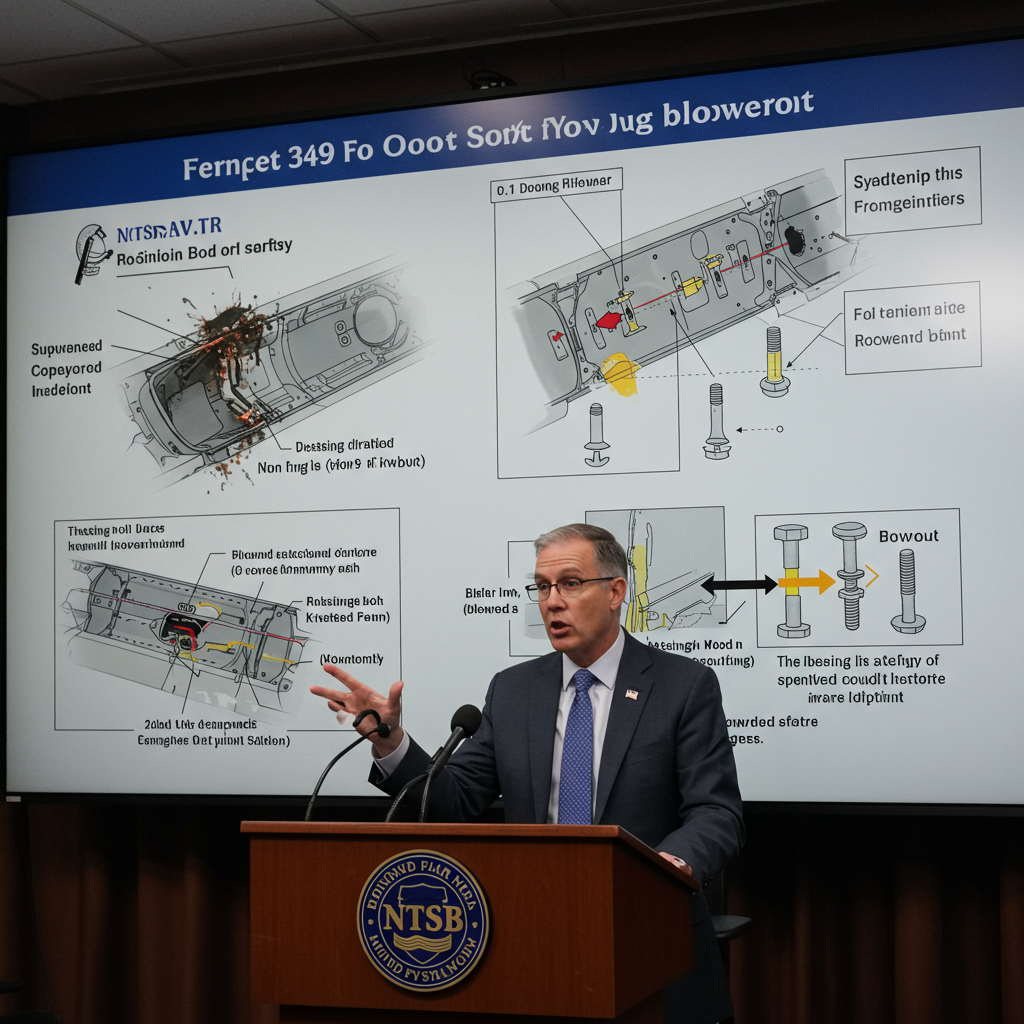The latest data reveals a significant surge in US hiring for June, far surpassing what most economists had predicted. This unexpected boost suggests the economy might be more resilient than widely believed. The report, published by the labor Department, showed the United States added a robust 147,000 jobs during the month. This figure comfortably exceeded the consensus forecast of 110,000 additions by analysts.
Government and healthcare sectors primarily drove this surprising rise in employment. The overall unemployment rate also saw improvement. It edged down to 4.1% in June from 4.2% recorded in May. These headline figures paint a picture of a strong labor market defying some recent cautious sentiment.
Understanding the June Jobs Report Numbers
Analyzing monthly job reports requires looking beyond single figures. While 147,000 jobs added is a strong number, especially compared to forecasts, it’s part of a larger trend. Economic data can often fluctuate month-to-month. Factors like seasonal adjustments, estimates for new businesses, and even revisions to previous data can influence the numbers. Looking at rolling averages over several months provides a clearer picture of the underlying labor market health.
Historically, “upside surprises” like this June report are not uncommon in economic data releases. The US economy has, at times, shown a pattern of exceeding expectations in key indicators like job growth and GDP. A strong labor market is often linked to broader economic vitality. More jobs and rising wages can boost consumer spending, which makes up a large portion of economic activity. The widespread nature of job gains across different industries can also signal underlying strength.
sector Performance Highlights
The June report specifically pointed to government and healthcare as major contributors to the job gains. This indicates targeted growth in key public and essential service areas. While detailed breakdowns show where growth is concentrated, a truly robust labor market often sees broad-based job creation across many sectors. Previous reports have highlighted strength in areas like construction, potentially linked to investment initiatives. The focus on government and healthcare in June offers a specific look at where hiring momentum lies currently.
However, despite the positive overall numbers, a significant area of concern remains. Analysts noted persistent caution regarding hiring within the private sector. This sentiment points to ongoing hesitancy among many businesses. Firms appear reluctant to take on new staff at the pace seen in some earlier recovery phases. They may also be slow to replace employees who leave their positions. This cautious approach could act as a potential brake on future job growth if it persists.
Navigating Economic Data and Future Outlook
Understanding the nuances of economic reports helps in assessing the overall picture. While a single month’s data is important, context is crucial. The June jobs report provides a snapshot of strength, particularly when measured against forecasts. It shows the labor market continues to add jobs and reduce unemployment.
Yet, the identified caution in private sector hiring introduces complexity. It suggests that while the headline numbers are positive, not all parts of the economy are expanding employment aggressively. Businesses might be facing different pressures. These could include rising costs, supply chain issues, or general uncertainty about the future economic path.
What the Data Means for the Economy
A consistently low unemployment rate, like the 4.1% seen in June, is generally a sign of a healthy economy. It means most people seeking jobs are finding them. Combined with job growth, it suggests demand for labor remains strong. However, the source of that demand matters. Reliance on government and healthcare hiring could be different from widespread growth across manufacturing, retail, and technology sectors.
The apparent disconnect between strong headline numbers and private sector caution is something economists will watch closely. It could signal a shift in business confidence. Or it might reflect specific challenges within certain industries that are offset by strength elsewhere. Future jobs reports will be key to determining if the private sector caution intensifies or eases. This trend will significantly impact the pace of overall economic expansion.
Frequently Asked Questions
What were the key numbers in the June US jobs report?
The US added 147,000 jobs in June, significantly surpassing the 110,000 expected by analysts. The unemployment rate also declined to 4.1% for the month, down from 4.2% in May. These figures indicate a stronger-than-forecast performance in the labor market.
Which sectors added the most jobs in June?
According to the Labor Department’s report, the primary drivers of job growth in June were the government and healthcare sectors. These areas accounted for a large portion of the total 147,000 jobs added during the month, highlighting specific areas of hiring strength in the economy.
What does private sector hiring caution mean for the US economy?
The reported caution among firms in the private sector suggests businesses may be hesitant to hire new staff or replace departing employees. While the overall job numbers are strong, this indicates potential underlying concerns or uncertainties for businesses, which could temper overall job growth or signal differing levels of confidence across various industries within the economy.
Conclusion
The June US jobs report delivered a notable upside surprise, showing robust job creation that defied many expectations. The addition of 147,000 jobs and a dip in the unemployment rate to 4.1% are positive indicators for the labor market. Strength in government and healthcare sectors fueled much of this growth. However, the report also highlighted persistent caution among private sector businesses regarding hiring. This divergence between overall strength and specific sector hesitancy will be a critical factor to monitor. The report underscores that while the economy added jobs at a brisk pace in June, the underlying sentiment and hiring intent in the private sector remain areas of focus for assessing the future trajectory of the US labor market and broader economic health. Future data releases will provide more clarity on whether this pattern continues.



